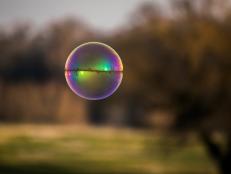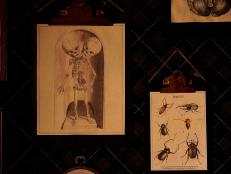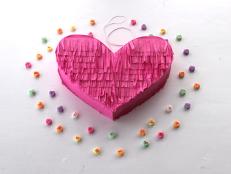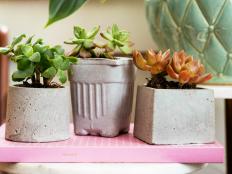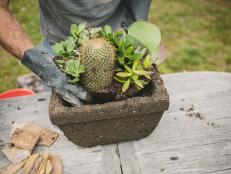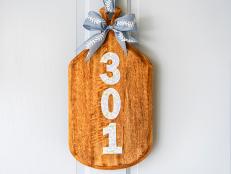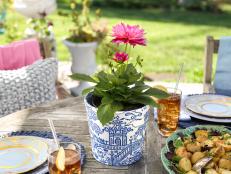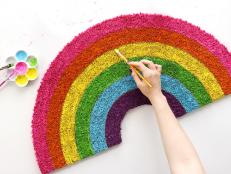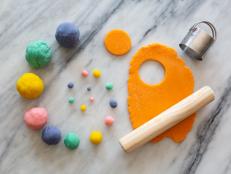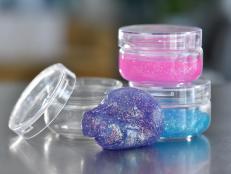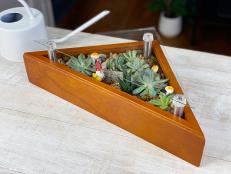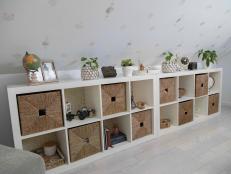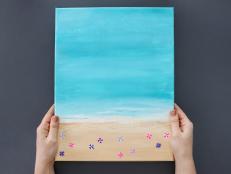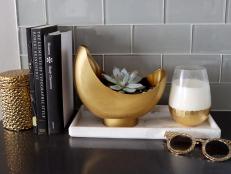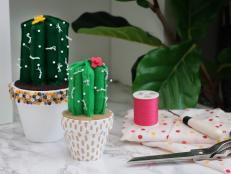How to Make a Statue Mold

Materials and Tools:
oil-based sulfur-free sculpting clay
professional-grade latex
two-part putty
Hydro-Stone gypsum cement
children's paintbrushes
soft paintbrushes
black acrylic paint
various sculpting tools
wood dowels
measuring cups
spoon
water
2 buckets
scrub pad
soft rags
permanent marker
latex gloves
baby powder
large rubber bands
sandpaper
rubber-gasket material
flour sifter (optional)*
* A flour sifter makes mixing Hydro-Stone easier to work with.
1. Sculpt a statue, using sculpting clay and various sculpting tools.
2. Apply latex to the sculpture in thin layers with a child's paintbrush. Each layer takes about an hour to dry, and usually 14 to 16 layers are applied.
3. Let the latex mold cure overnight.
4. Decide how many pieces will be needed for the mother mold by drawing parting lines on the latex mold with a permanent marker. Lightly dust the latex mold with baby powder to prevent the mother mold from sticking.
5. Make two balls from the two-part putty-a ball of resin and a ball of hardener-each about the size of a golf ball. Mix the two together by squishing them with your fingers until you achieve an even color.
6. Pull off pieces of the mixture and push it onto one section of the latex mold and into the shape of that section, to a thickness of 1/8- to ¼-inch thick. Let this first section set for a few hours to harden.
7. Once the first section of the mother mold hardens, build the second section the same way. Repeat for as many sections as you need. Let set for 24 hours to cure.
8. After the mother mold cures, pull it off the latex mold. Then remove the latex mold from the original clay sculpture. Wash out the latex mold to remove any bits of clay sticking to it. Dry the latex mold.
9. Measure the water for mixing the Hydro-Stone according to the manufacturer's instructions, and pour it into a large plastic bowl. Measure the cement, put it into a flour sifter if desired and add it to the water. Let set for about five minutes so that the cement becomes completely soaked. Stir slowly, endeavoring to avoid developing any air bubbles. Mix for a few minutes until it's smooth or the consistency of thick pancake batter.
10. Hold the latex mold with the open end up (this is actually the bottom of the sculpture) and slowly pour in the gypsum mixture until the mold is about a third full. Tap the mold and pinch it a bit to release any trapped air bubbles.
11. Position the mother-mold pieces together around the latex mold. Attach rubber bands around the assembled molds to hold it all together. Finish pouring the gypsum concrete into the latex mold to the top of the opening. Support the mold with wood dowels if necessary. Place the assembled mold on a level surface and tap the mold a few more times to release any trapped air. Let set for about an hour for the concrete to harden.
12. After an hour, remove rubber bands from the assembled molds, take the mother-mold pieces off the latex mold and peel the latex mold off the casting. The gypsum will still be warm. Trim and clean up around the base of the sculpture with a ceramic rimming tool or a small piece of sandpaper. Let the concrete air-dry for two or three days before staining.
13. Mix black acrylic craft paint with water in a small bucket to make an ink-like mixture. Wear gloves to prevent staining your hands. Have on hand a second bucket filled with water. Dip the sculpture in the plain water and then in the paint mixture. Scrub the sculpture a bit with a plastic scrub pad to remove some of the paint. Rinse the sculpture in plain water. Repeat the process several times until you get the desired darkness. More of the paint will settle into crevices each time, making them darker and giving the sculpture the look of old stone. Let dry.







